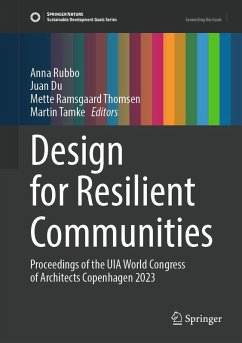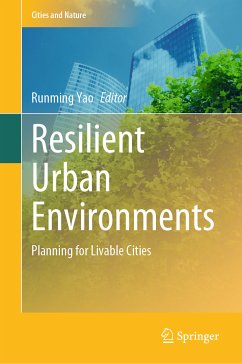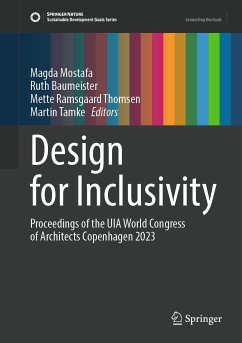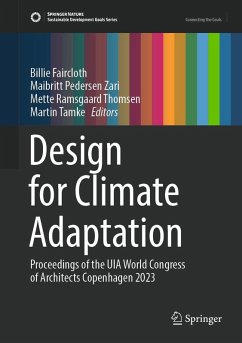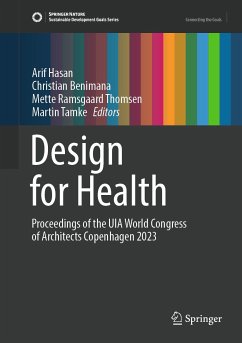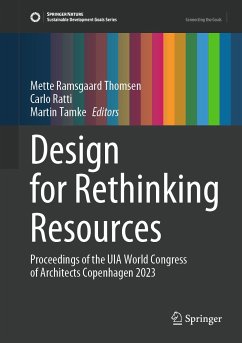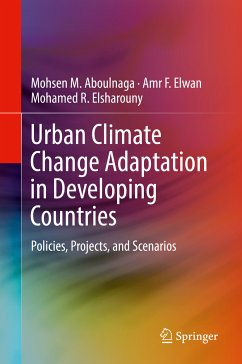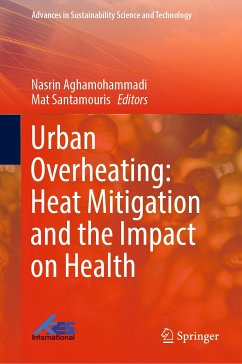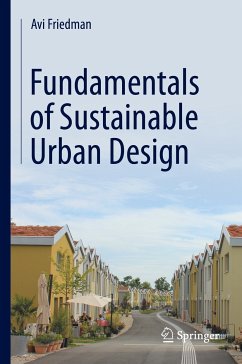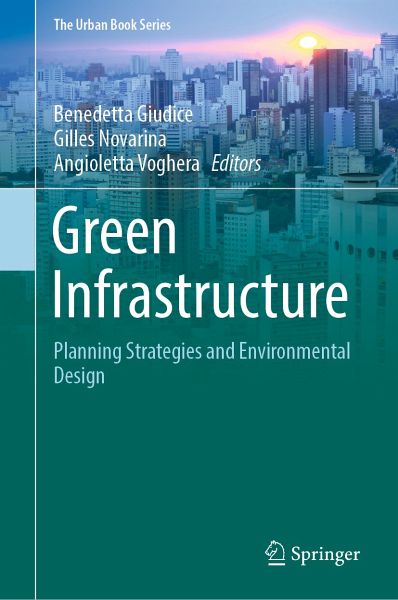
Green Infrastructure (eBook, PDF)
Planning Strategies and Environmental Design
Redaktion: Giudice, Benedetta; Voghera, Angioletta; Novarina, Gilles
Versandkostenfrei!
Sofort per Download lieferbar
112,95 €
inkl. MwSt.
Weitere Ausgaben:

PAYBACK Punkte
56 °P sammeln!
This book analyses international Green Infrastructure (GI) planning and design strategies. The GI strategy is widely recognized for its multifunctionality (as a tool for ecological, economic and social enhancement) and multiscalarity. Starting from this assumption, the book intends to implement the concept of GI and blue networks in planning strategies and their linked urban projects.New urban and regional paradigms of the latest years, such as urban sprawl, ecosystem services, biodiversity, urban resilience, climate change and health emergencies, have made it necessary to rethink cities and t...
This book analyses international Green Infrastructure (GI) planning and design strategies. The GI strategy is widely recognized for its multifunctionality (as a tool for ecological, economic and social enhancement) and multiscalarity. Starting from this assumption, the book intends to implement the concept of GI and blue networks in planning strategies and their linked urban projects.
New urban and regional paradigms of the latest years, such as urban sprawl, ecosystem services, biodiversity, urban resilience, climate change and health emergencies, have made it necessary to rethink cities and territories and their related plans and projects. To satisfy these paradigms, worldwide plans and projects have started to focus both on short-term and long-term processes and strategies which integrate environmental, landscape and ecological elements.
Chapters 1 and 6 are available open access under a Creative Commons Attribution 4.0 International License via link.springer.com.
New urban and regional paradigms of the latest years, such as urban sprawl, ecosystem services, biodiversity, urban resilience, climate change and health emergencies, have made it necessary to rethink cities and territories and their related plans and projects. To satisfy these paradigms, worldwide plans and projects have started to focus both on short-term and long-term processes and strategies which integrate environmental, landscape and ecological elements.
Chapters 1 and 6 are available open access under a Creative Commons Attribution 4.0 International License via link.springer.com.
Dieser Download kann aus rechtlichen Gründen nur mit Rechnungsadresse in A, B, BG, CY, CZ, D, DK, EW, E, FIN, F, GR, HR, H, IRL, I, LT, L, LR, M, NL, PL, P, R, S, SLO, SK ausgeliefert werden.



